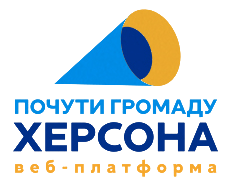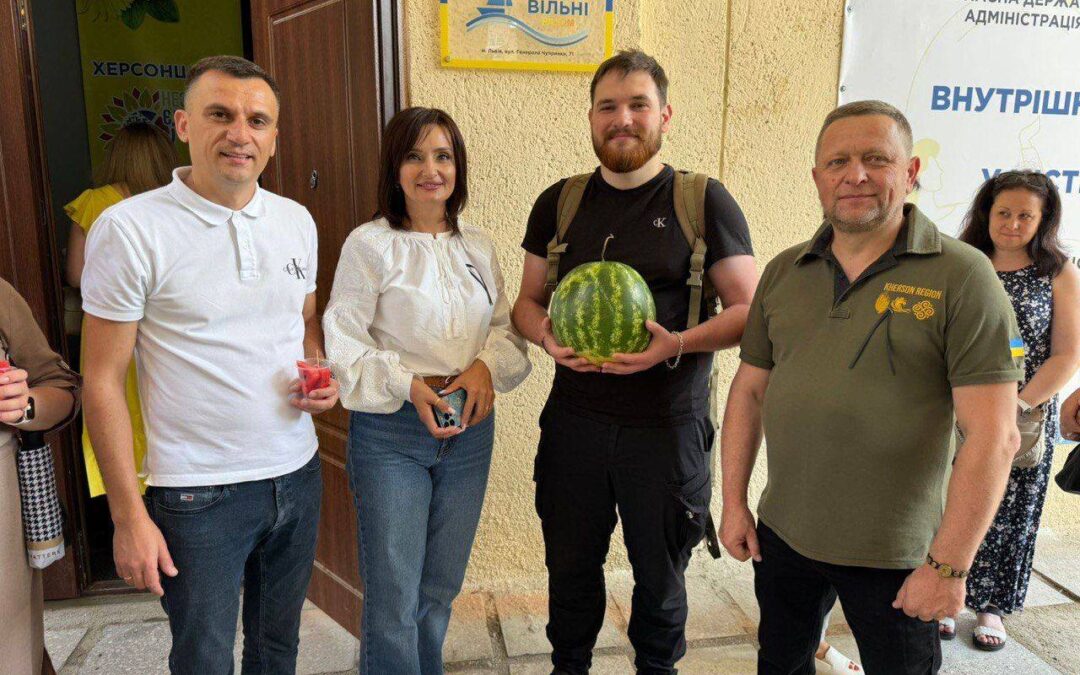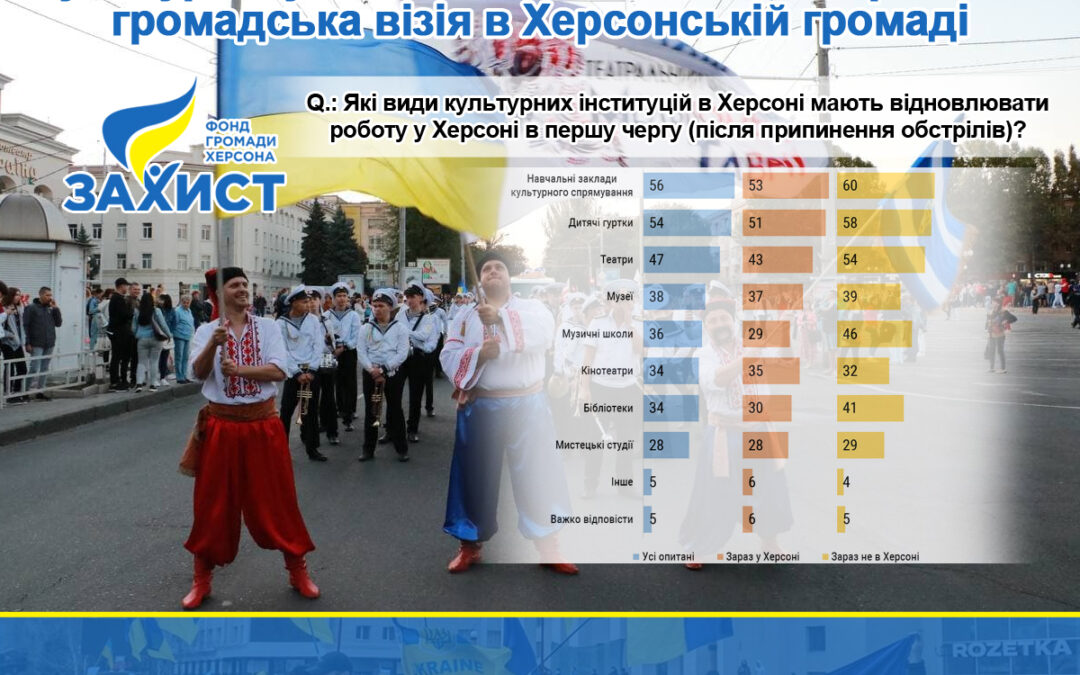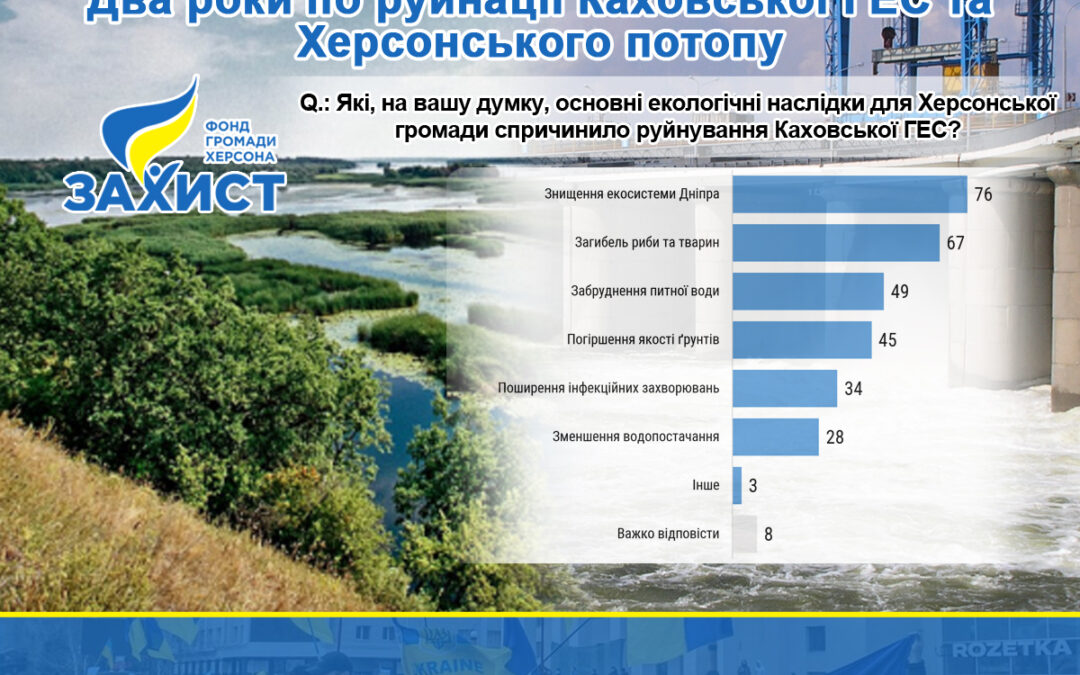Report on Sociological Online Survey.
Methodology: an online survey using an interactive structured questionnaire; a relevant link was sent to potential respondents from the database (online research panel of Kherson community). The sample was based on demographic indicators as of January 1, 2022. Given the indicators, the research margin of error does not exceed 5%, with a probability of 0.95. The sample included Kherson residents both currently residing within the community and those who left Kherson after February 24, 2022 to other regions of Ukraine or abroad. There is currently no official data on Kherson residents’ migration, so it is not possible to assess the representativity of the given respondent sample. However, there are reasons to believe that the presented ratio of respondents still residing within the community is greater than the de facto ratio, which may affect the research results.
The purpose of the study: to find out the attitude of Kherson residents to the draft order of the Ministry of Education and Science of Ukraine “On the conditions for obtaining secondary education in the context of martial law in Ukraine”.
Sample size: 401 respondents.
Field stage period: July 8 – 30, 2024.
Research client: Community Foundation of Kherson «Zakhyst».
Research prepared by: Mykola Homaniuk (Kherson regional branch of the Sociological Association of Ukraine, Chairman), Oleh Sinaiuk (New Image Marketing Group LLC, Director), Ihor Danylenko (New Image Marketing Group LLC, Analyst), Roman Rudenko (Kherson Regional Branch of the Sociological Association of Ukraine, expert).









You can read the full report by downloading it or read it in Ukrainian.
This research was conducted by the Zakhyst Kherson Community Foundation Charitable Organization as a part of its project implemented under the USAID/ENGAGE activity, which is funded by the United States Agency for International Development (USAID) and implemented by Pact. The consents of this research are the sole responsibility of Pact and its implementing partners and do not necessary reflect the views of USAID or the United States Government/
Reproducing and using any part of this product in any format, including graphic and electronic, copying or any other usage is suitable to reference to the sourc/




